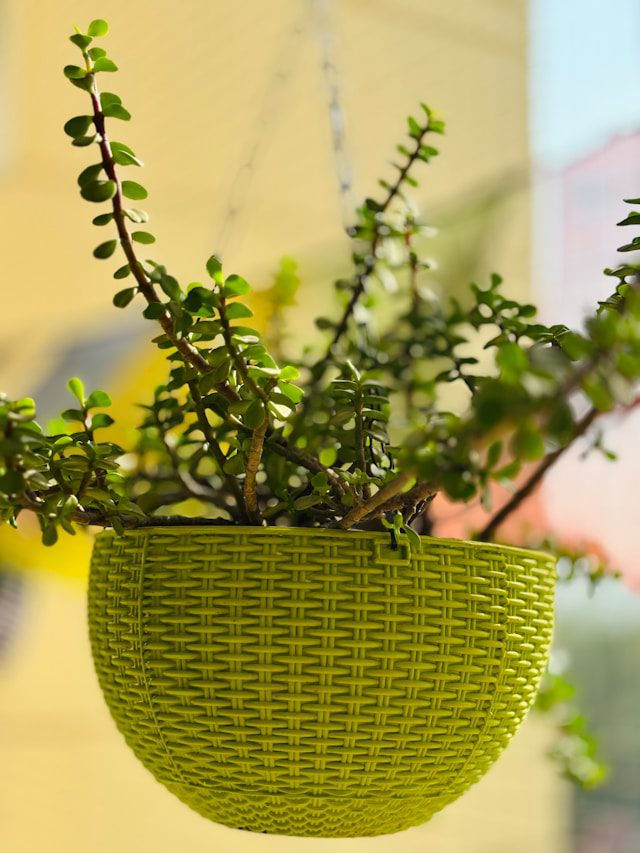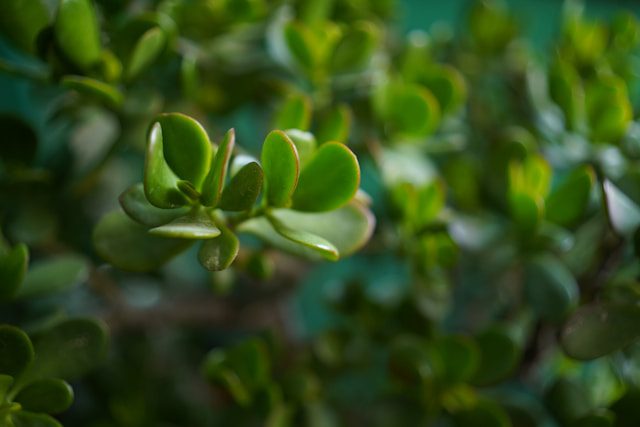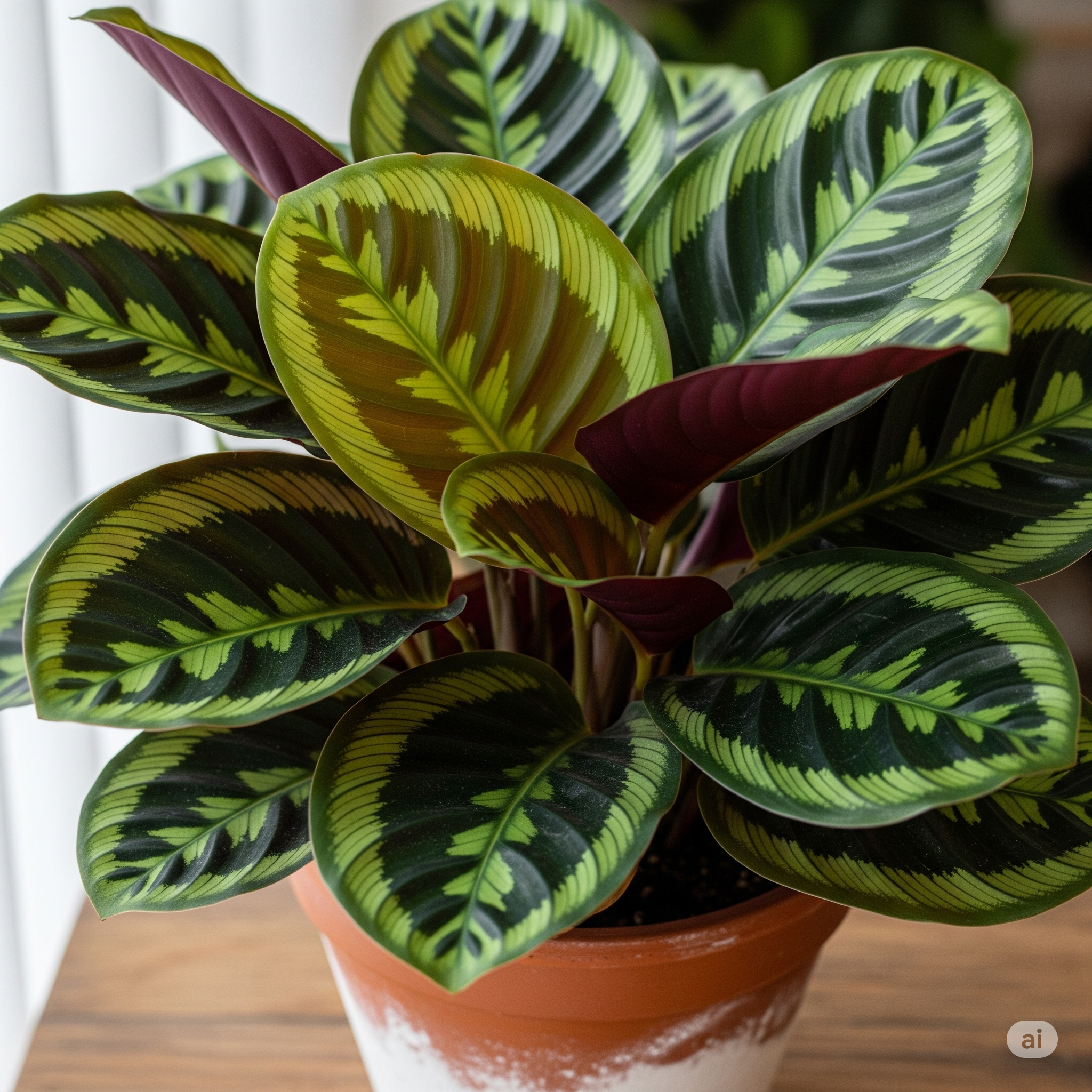Some links on this Website are affiliate links, meaning we may earn a commission if you make a purchase, at no additional cost to you. Please read our full Affiliate Disclosure for more details.
If you’ve recently walked past your houseplant shelf and noticed your once-upright jade plant leaning, sagging, or losing firmness, you’re probably wondering: “Why is my jade plant drooping?” Jade plants are known for their thick, glossy leaves and strong stems, so when they begin to droop, soften, or shrivel, it’s usually a sign that something in their environment isn’t right. The good news is that most causes of drooping jade plants are easily reversible once you understand what’s happening.

In this guide, you’ll learn the main reasons for jade plant leaves drooping, what each symptom means, and step-by-step advice on how to bring your plant back to life. We’ll also cover watering mistakes, soil issues, lighting needs, common leaf problems, and long-tail questions like how often to water a jade plant in winter, should jade plant leaves be firm or soft, and whether a drooping jade plant can be saved.
Understanding Why Jade Plants Droop
Jade plants store water in their leaves and stems. This natural storage system makes them extremely drought-tolerant, but it also means they react quickly when something goes wrong, usually by drooping, softening, or shriveling. A drooping jade plant is not just a cosmetic issue. It’s a signal that the plant is stressed and needs immediate attention.
The challenge is figuring out whether your plant is drooping from overwatering, underwatering, poor soil, insufficient light, temperature changes, or root restrictions. Each of these issues creates distinct symptoms, and understanding them helps you pinpoint the exact cause.
6 Reasons For Jade Plant Drooping
Overwatering
Overwatering is by far the most common reason for jade plant drooping overwatering symptoms. Because jade plants retain moisture in their leaves, giving them water too frequently leads to waterlogged soil and eventually root rot. When this happens, the roots can no longer absorb nutrients properly, causing the leaves to soften, droop, and eventually fall off.
A clear sign of overwatering is when the leaves feel soft, mushy, and swollen. You may also notice that the soil stays wet for long periods, or there’s an unpleasant smell coming from the pot due to decaying roots. If the leaves fall off with just a light touch, overwatering is almost certainly the reason.
The best fix for this problem is to stop watering immediately and allow the soil to dry completely. In severe cases, you must remove the plant from its pot and trim away any black, rotten roots. Repotting the plant in fresh, well-draining soil helps prevent the issue from reoccurring. Moving forward, water only when the soil has dried out completely.
What Causes Root Rot In Orchids?
Underwatering
While overwatering is more common, underwatering can also cause a jade plant to droop. When a jade plant goes too long without hydration, its leaves begin to draw on stored moisture. As this reserve depletes, the leaves become wrinkled, shriveled, and thin, and the stems may begin shriveling as well.
Unlike overwatered leaves, underwatered leaves feel dry, flat, and wrinkly rather than soft or mushy. You may also notice the bottom leaves shriveling first, which leads to jade plant bottom leaves shriveling and dropping off. This is the plant’s natural way of conserving water by sacrificing older foliage.
To fix underwatering, give your jade plant a deep drink of water and allow excess moisture to drain away. It’s important not to shock the plant by flooding it if it has been extremely dry for weeks. Instead, rehydrate it gradually by watering thoroughly and checking again after several days.
In winter, underwatering is more likely because jade plants rest during cold months. They use far less water, so the question “how often to water a jade plant in winter?” becomes important. In winter, watering every 4 to 6 weeks is enough. More frequent watering can lead to rot, while less may trigger shriveling.
8 Reasons Why Your Umbrella Plant Is Dropping Leaves?
Poor Soil Choices Prevent Proper Drainage
Another frequent cause of drooping jade plants is soil that holds too much water. Jade plants thrive in gritty, chunky soil mixtures that allow excess moisture to drain quickly. If you planted your jade in regular potting soil, it likely retains more water than the plant can handle, which leads to drooping, leaf yellowing, and soft foliage.
The question “what soil is best for jade plants?” has a simple answer: a well-draining succulent or cactus mix. You can also improve regular soil by adding ingredients like perlite, pumice, or coarse sand. This ensures the soil dries evenly and prevents root rot, one of the leading causes of drooping leaves.
Not Enough Light Causes Leaning and Weak Stems
Light plays a huge role in jade plant health. When a jade plant doesn’t receive enough sunlight, it begins to stretch toward the nearest light source. This stretching weakens the stems, eventually causing them to droop or lean heavily to one side.
Insufficient light also affects leaf color and overall strength. Leaves may become smaller, duller, or spaced far apart along the stem. If your jade plant is drooping and also leaning sideways, it’s very likely a lighting problem.
Moving your plant to a brighter location, especially near a south- or west-facing window, usually solves the problem. Jade plants need several hours of bright, indirect light every day. If natural light is limited, using a grow light is an excellent supplement.
Temperature Stress
Extreme temperatures (either too cold or too hot) can cause jade plants to droop unexpectedly. Drafty windows, air conditioners, and heaters create temperature fluctuations that jade plants dislike. Cold air can shock the leaves, causing them to soften or fall. Hot air can dry the plant too quickly, leading to shriveling and sagging.
Keeping your jade plant in a stable environment between 60°F and 80°F (15°C–26°C) helps maintain its firmness and overall structure.
Root Bound Conditions
A jade plant may also droop if its roots have outgrown the pot. When a plant becomes root-bound, the roots circle around the base of the pot and can no longer absorb water properly. As a result, the plant becomes stressed and begins to sag, even if you’re watering correctly.
Repotting into a slightly larger pot with fresh soil usually restores the plant’s vitality. Avoid pots that are too big, though, because excess soil retains more water, increasing the risk of root rot.
Should Jade Plant Leaves Be Firm or Soft?
Jade plant leaves should always be firm, plump, and slightly glossy. They should not be soft, mushy, wrinkled, or overly delicate. Soft leaves indicate overwatering, while wrinkled or shriveled leaves point to underwatering. Firmness is the clearest sign that your jade plant is hydrated properly and healthy.
How to Save a Drooping Jade Plant (Step-by-Step)
Saving a drooping jade plant is very possible because jade plants are resilient. The first step is identifying whether the plant is overwatered or underwatered. Once you’ve diagnosed the problem, make changes gradually.
If the plant is overwatered, allow the soil to dry out and check for root rot. Removing decayed roots and repotting in dry, well-draining soil gives the plant a fresh start. If underwatering is the cause, begin rehydrating slowly.
Improving lighting is also essential. A drooping jade plant often perks up after being placed in a bright spot. Stronger light encourages firm stems and prevents leaning. Adjusting your watering habits and ensuring proper soil are the final steps to long-term recovery.
For severe drooping, gently staking the plant helps support weak stems as they regain strength. With consistent care, you’ll see new, firm leaves within a few weeks.
How To Flush soil Without Overwatering plants
What Is The Best Way To Water A Pothos Plant?
FAQs
1. Why is my jade plant stem shriveling?
A shriveling stem is usually a sign of severe underwatering or root damage. Hydrate the plant gradually and inspect the roots for rot.
2. Why are my jade plant leaves soft and drooping?
Soft, drooping leaves are almost always caused by overwatering. Reduce watering and check for signs of root rot.
3. Why are the bottom leaves of my jade plant shriveling?
Bottom leaves shrivel and drop when the plant is underwatered or extremely dry. Older leaves naturally fall off over time, but excessive shriveling indicates water stress.
4. Should I repot my drooping jade plant?
Repotting helps if the plant is root-bound or if the soil is retaining too much water. Otherwise, changing the watering habits may be enough.
5. How long does it take for a drooping jade plant to recover?
Most jade plants begin to improve within 2–6 weeks, depending on the cause and how quickly you correct it.
How to Fix Wrinkling Snake Plant Leaves | Causes, Fixes & Prevention


